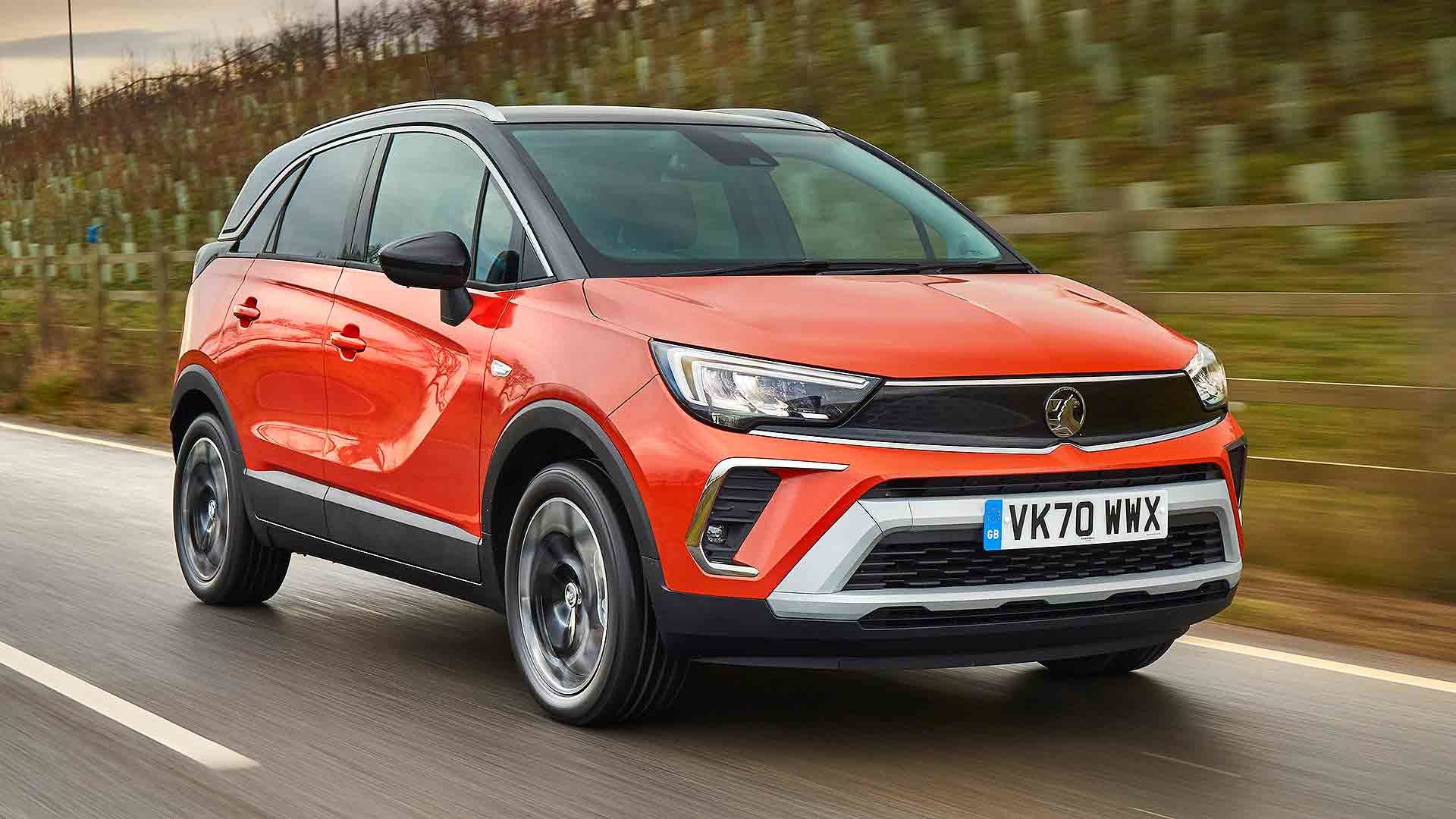
The Vauxhall Crossland has been facelifted for 2021. It’s a surprisingly comprehensive overhaul for the small SUV, a car that some felt sat awkwardly alongside the similarly-sized Mokka X at launch in 2017, but which has grown in popularity since.
Last year, in fact, the Crossland X grew its share of the supermini-sized SUV sector, taking 8.3 percent of the market to end up second in the sales league. More than 50,000 have found homes so far in the UK, and Vauxhall wants to keep up the momentum.
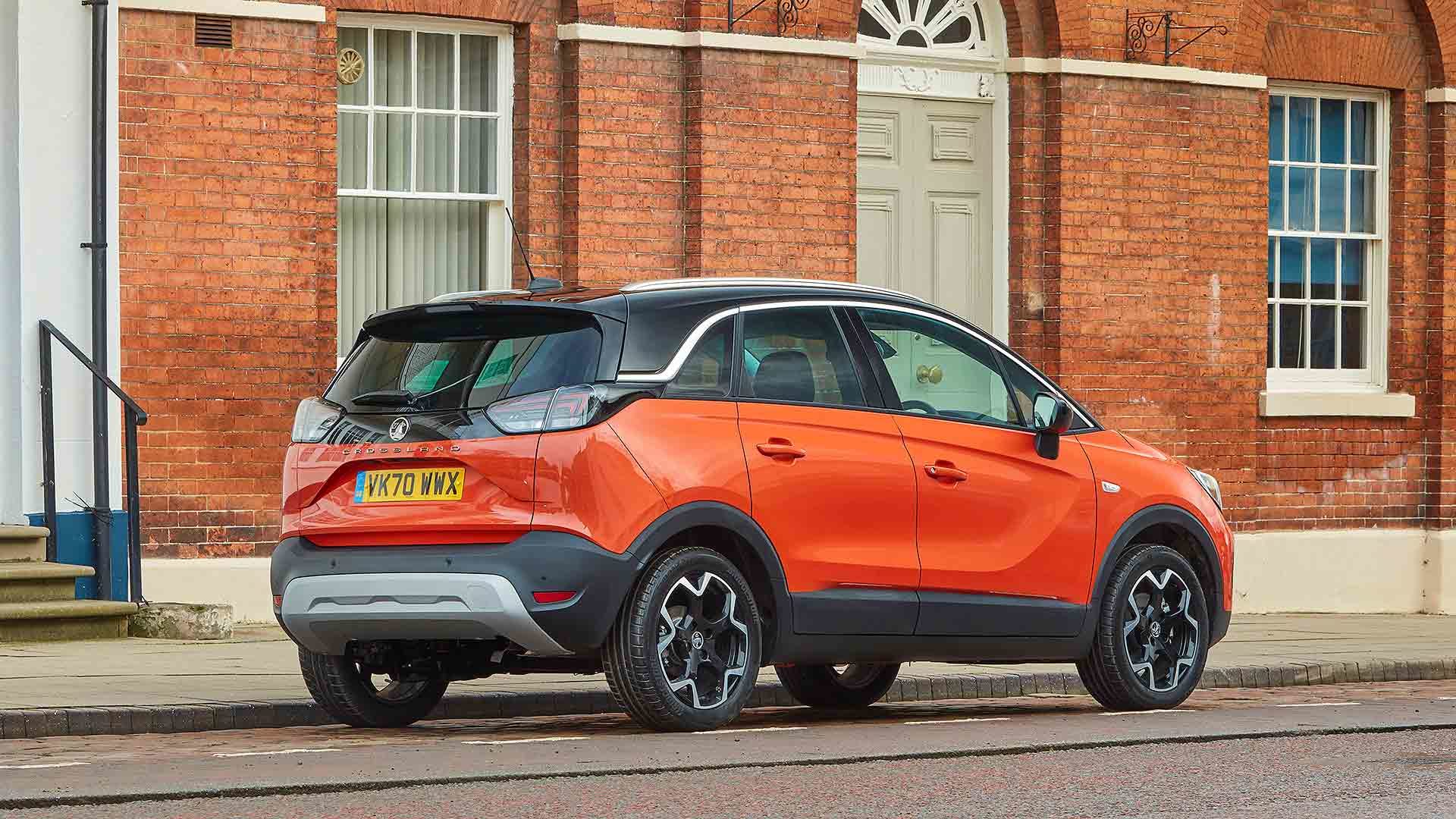
You’ll notice there’s been a slight name change: the ‘X’ has been dropped, just as it has for the upcoming new Mokka, which, later this year, becomes a more SUV-like bigger brother to the family-focused Crossland. Vauxhall now spells out ‘Crossland’ in lettering across the bootlid too, as if to underline this.
Starting prices are pitched below the Mokka, with a Crossland SE costing from £19,060. The range includes SE Nav Premium, Elite, Elite Nav, Ultimate Nav and, for the first time, sporty SRi Nav (from £21,410). That’s the spec I drove, in both petrol and (whisper it) diesel guises.
Vauxhall Crossland: First impressions
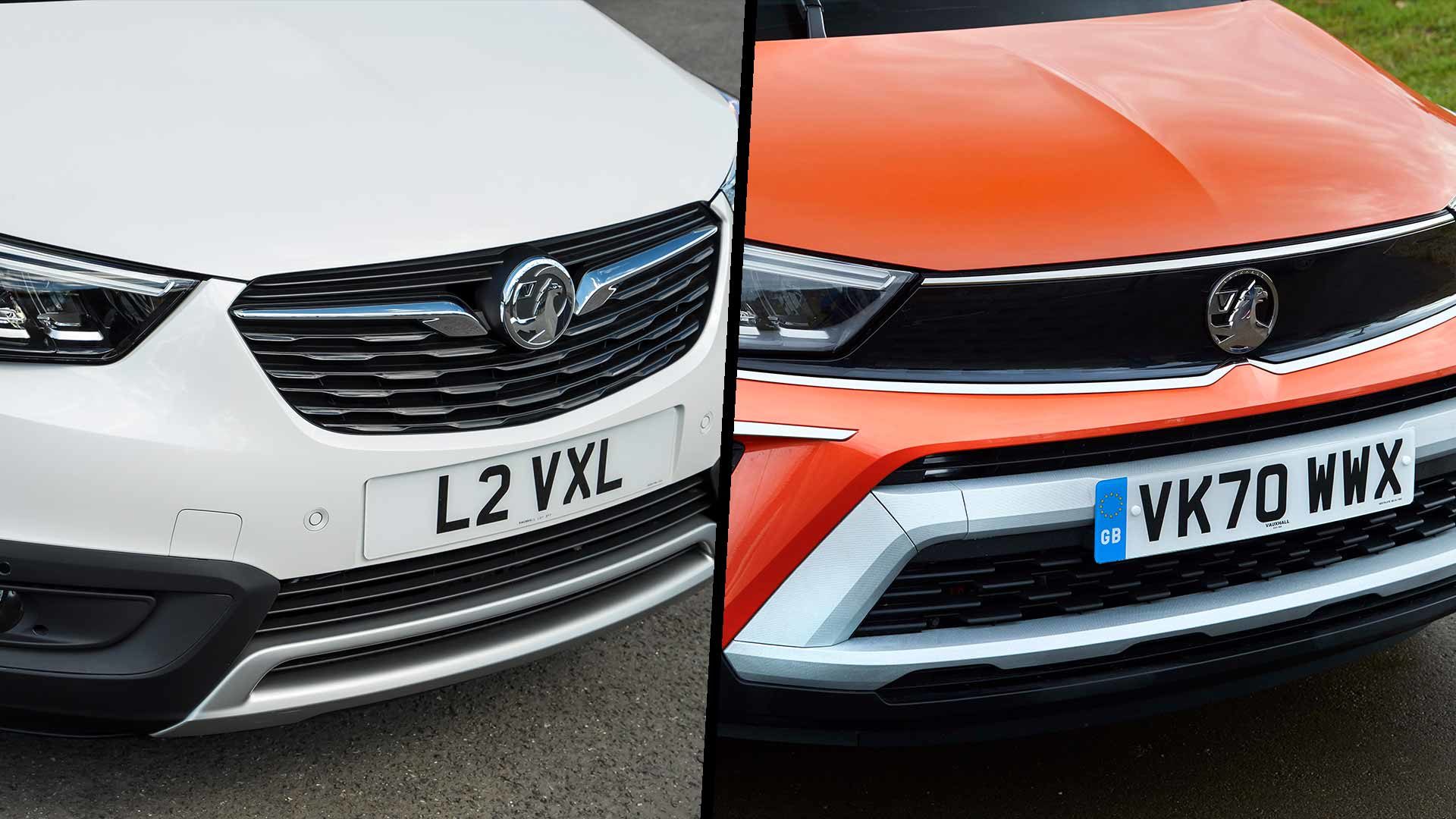
Vauxhall has given the new Crossland its ‘Vizor’ front end. This replaces the open grille with a single gloss black panel running between the headlights. With a new front bumper to give a further illusion of width, it helps the Crossland look more modern and less narrow – more SUV than MPV.
It looks really smart and almost gives the Crossland a hint of concept car cool.
LED headlights are standard, as is Vauxhall’s simplified new Griffin logo, while a similar trick is deployed at the rear. With smart new body jewellery, it looks crisp and fresh, particularly in SRi guise with 17-inch alloys, a black roof and red window accents.
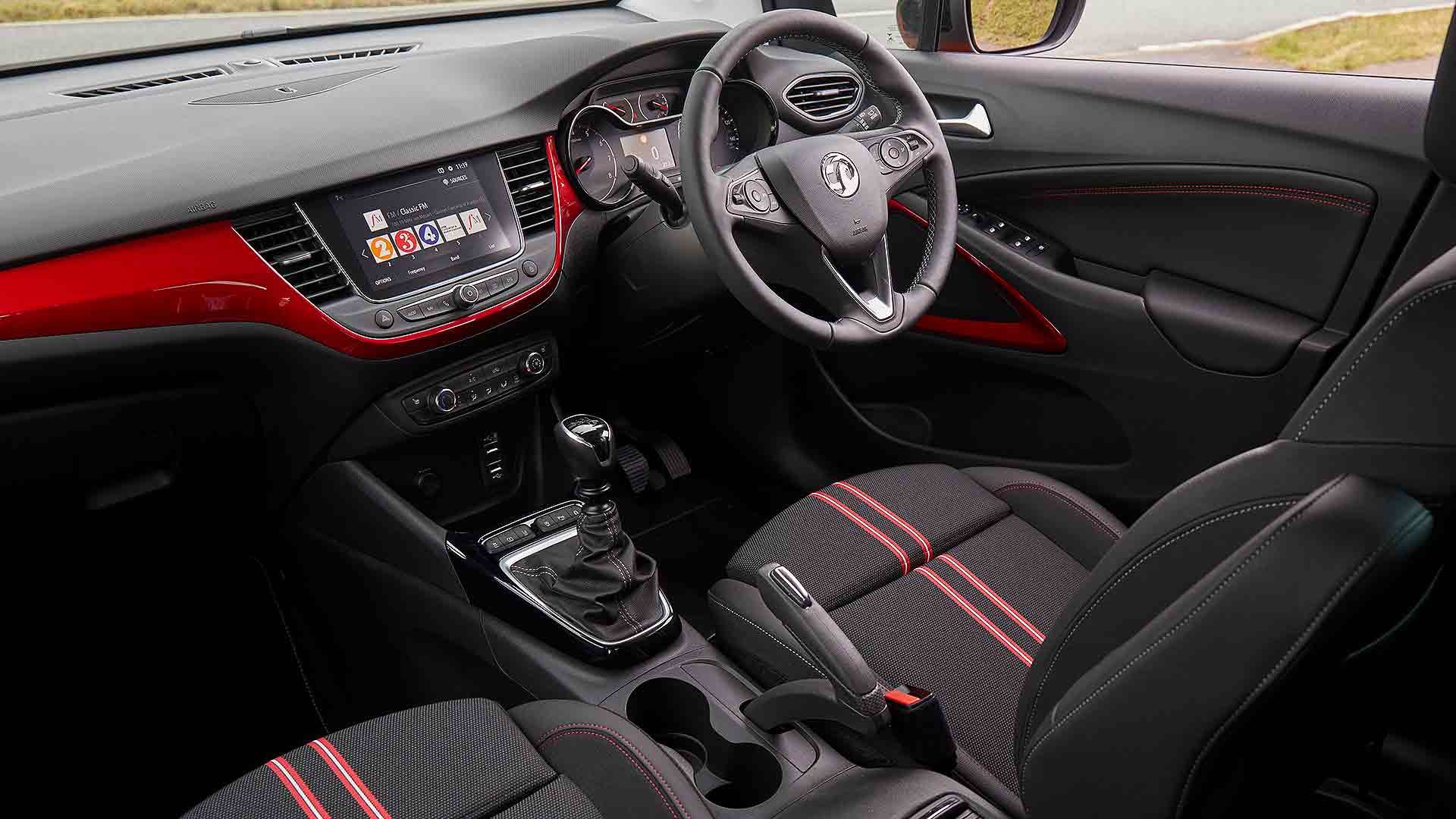
The interior was pretty good anyway, so there’s less of an overhaul here. I like the bold red trim options and smart upholstery choices, while even base cars have a 7.0-inch touchscreen with Apple CarPlay and Android Auto. Pity the manual handbrake’s release button remains fiddly and awkward.
The driving position is set nice and high – unlike the newfound exterior style, this still feels more MPV than SUV, with the pedals positioned a touch too close and van-like. To get comfy, you’ll have to slide the seat a bit further back than you normally would, which makes selecting first gear a stretch. At least the steering wheel is reach-adjustable.
A split-sliding rear seat is standard on SRi Nav and Ultimate Nav, with 150mm of fore-aft adjustment, taking the boot from 410 litres to 520 litres (parents might find this feature handy – they can slide a baby seat a bit closer so they’re within reach, for example). Because of the pedal positioning, sitting behind a tall driver is tight for adults, but there’s good headroom and loads of footroom beneath the seats.
Those boot dimensions sound vast, and it looks suitably commodious when you lift the tailgate. Either have a flat floor for ease of use, or lower the divider for max space; the load bay is wide, deep and well-shaped as well.
Vauxhall Crossland: On the road
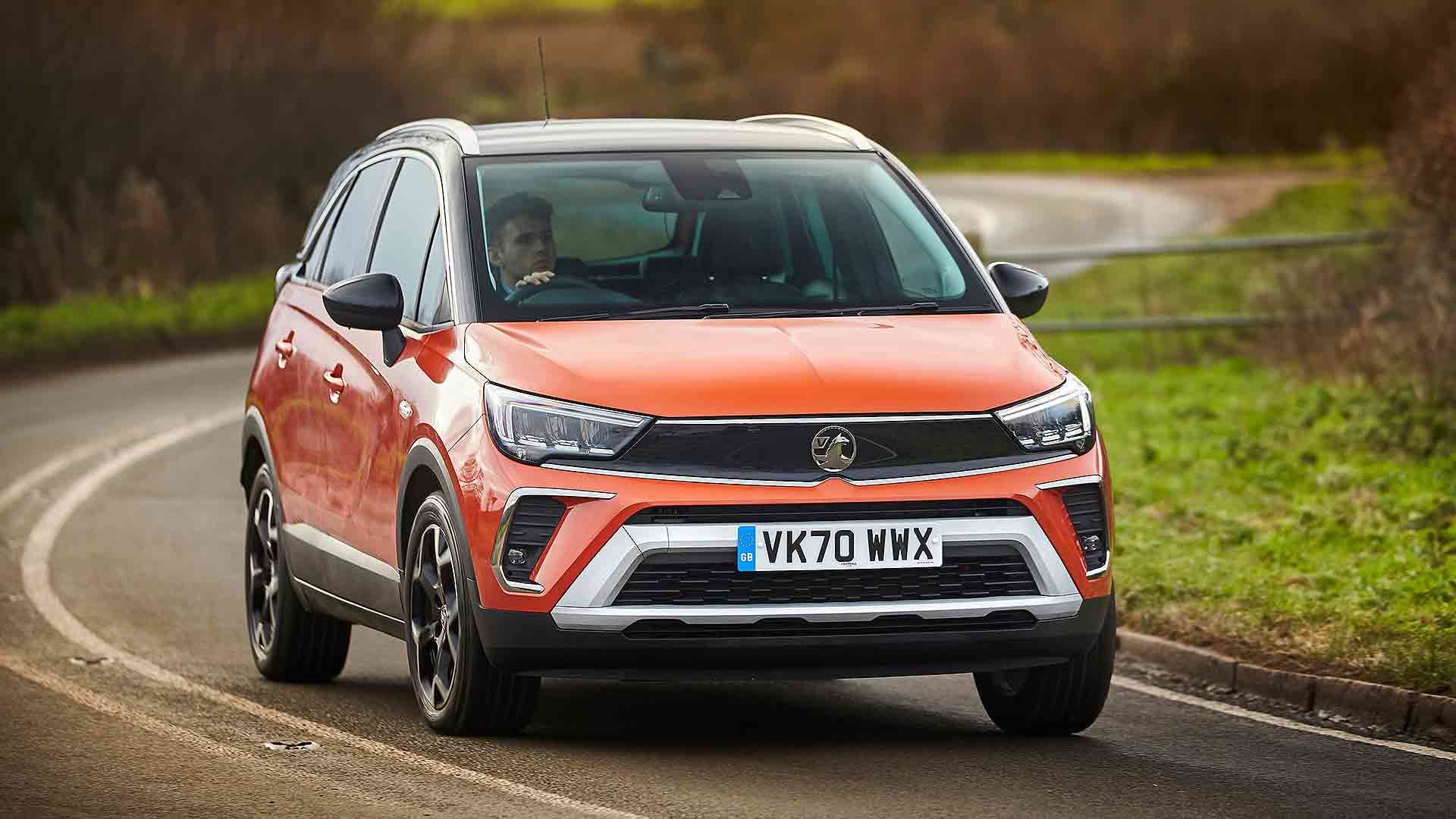
The Crossland is an unintimidating car to drive. A combination of the lofty driver’s seat and big, deep windscreen gives a clear view forwards, while flat sides and well-defined proportions make it easy to manoeuvre in town. In nip-and-tuck traffic, it doesn’t leave you guessing.
I first drove the 1.2-litre, in top-spec 130hp turbo guise (there’s also a 110hp turbo and an 82hp non-turbo that, with almost half the pulling power of the others, is probably best avoided). A light clutch pedal was spoiled by very high clutch bite – the seat was slid back yet further – but there’s not a lot else to criticise here.
It’s a characterful, throbby engine, with loads of easily-accessible pulling power. It feels powerful and effortless, and is as good at surging into city centre gaps as it is maintaining overtaking lane pace on the motorway. The light six-speed gearbox welcomes a light touch with snicky precision, too.
SRi Nav models run on 17-inch wheels. The ride does have a touch of big-wheel jiggle, but they generally work well, and give the Crossland a good sense of stability underfoot. Nicely-weighted steering gives confidence and, at speed, the tall Vauxhall is surprisingly relaxing and planted. Pity the volume of wind noise dials up appreciably, though.
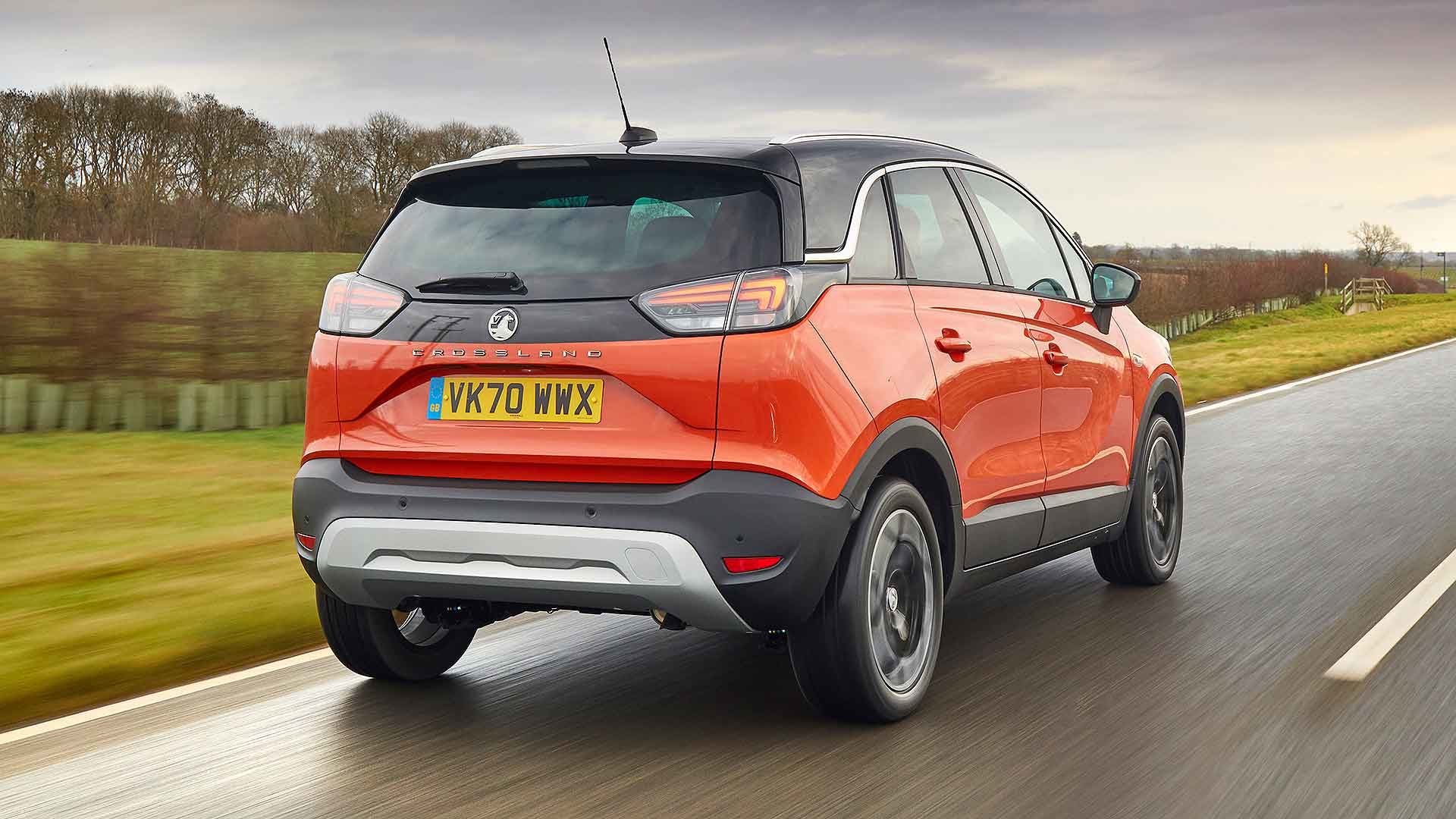
It’s no sports car, and chucking it around reveals the limits of the chassis with a heave and a thud, but I was otherwise impressed at how grown up the Crossland now feels. It’s certainly a step on from the original Crossland X, which always seemed a bit lightweight – too much like a soft Citroen rather than a firm and stable Vauxhall.
You can also get a diesel Crossland if you want to be unfashionable: a 1.5-litre four-cylinder with either 110hp or, when paired with an auto gearbox, 120hp. I was dreading it, to be honest (I drove a diesel Citroen C3 recently and, compared to the sweet petrol, it was awful). Imagine my surprise when I discovered how good it is.
The diesel is smooth, refined and not overly rattly, feels like it would happily run all day on the motorway without fuss, and served up 10mpg better economy on the test route. Even the clutch and gearchange seemed more fluid – although don’t let the revs drop below 1,500rpm, because then you’ll find a near-total dearth of pull (the petrol is more tolerant of laziness).
Few will buy the diesel, but those chasing maximum economy certainly won’t feel short-changed.
Vauxhall Crossland: Verdict
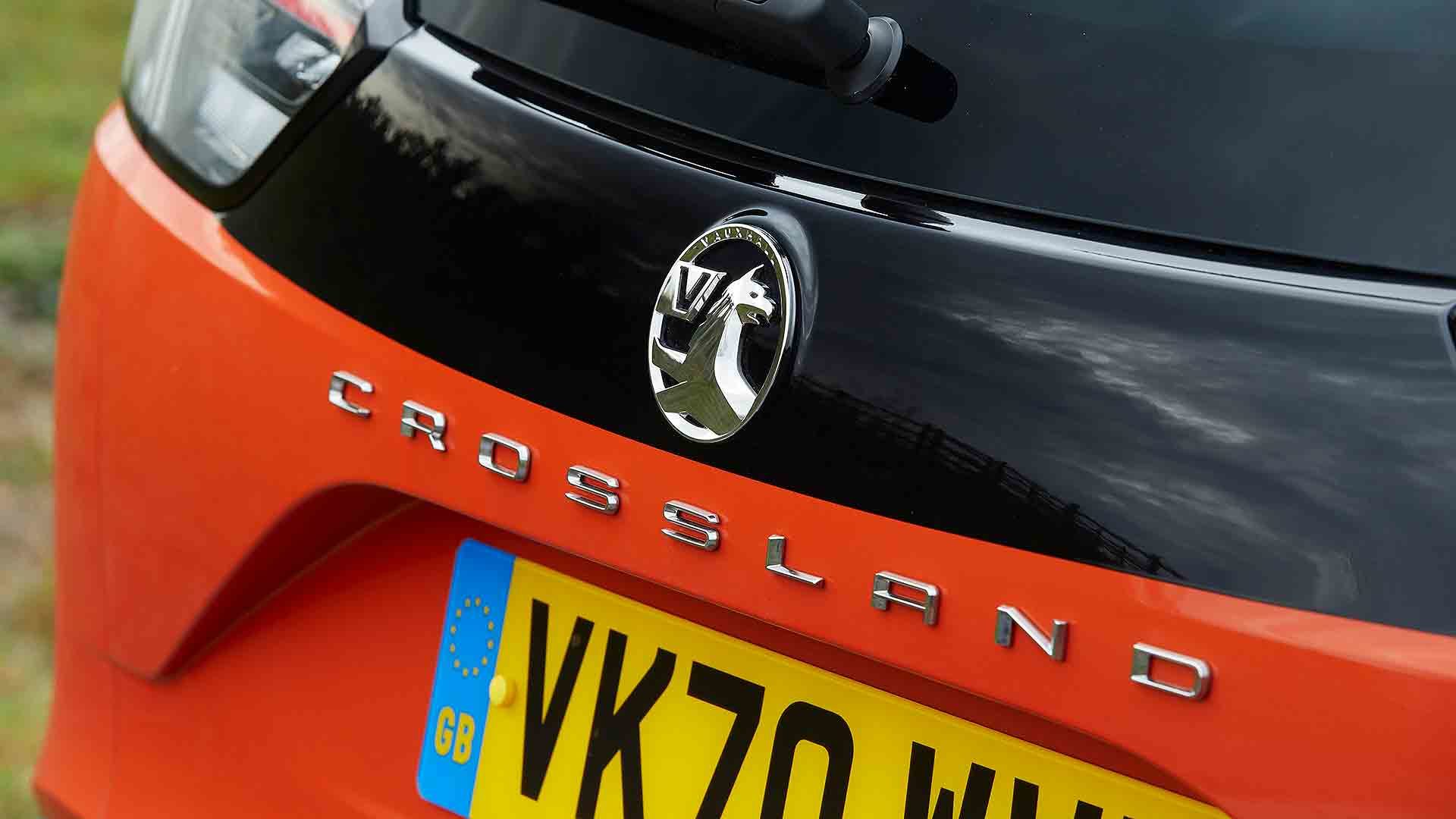
Vauxhall has perfected the Crossland. The original ‘X’ was one of the first cars from its partnership with Groupe PSA – and it showed in terms of feeling slightly underdeveloped and without a defined character (frankly, it looked it, too).
This is a much more well-honed vehicle, one given an impressive new look that may attract the odd admiring glance.
It still feels a bit too MPV-like to sit in for those wanting the full SUV cool factor – cue this spring’s new Mokka, Vauxhall would whisper – and the resultant flawed driving position spoils some of its back seat practicality. But for small families seeking step-up practicality over a supermini for a good-value price, it’s worth a closer look. Let’s see if that upward sales trend can continue.
ALSO READ:
Seat Leon is AUTOBEST Best Buy Car of Europe 2021